Whether you’re a pasta aficionado or just someone looking to add convenience to your meal prep routine, the packaging of your pasta can play a crucial role in maintaining the quality and freshness of this beloved food staple. Pasta packaging has evolved over the years to not just store pasta but also to enhance its appeal on the store shelves and in your pantry. From traditional cardboard boxes to innovative resealable pouches, the world of pasta packaging offers a variety of options to cater to every consumer’s needs.
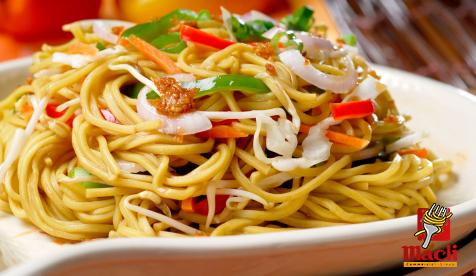
.
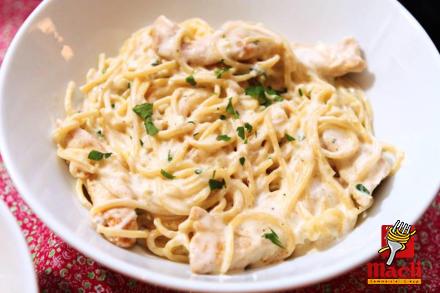 One of the key aspects of pasta packaging is its role in preserving the quality of the pasta itself. Pasta is a delicate product that can be easily affected by moisture, air, and light, leading to spoilage or changes in texture and flavor. Therefore, a good pasta package should be designed to protect the pasta from these elements and maintain its freshness for as long as possible. Traditional pasta packaging often comes in the form of cardboard boxes. These boxes are sturdy and provide good protection for the pasta inside. The pasta is typically sealed in a plastic bag within the box to prevent moisture from seeping in. While cardboard boxes have been a popular choice for pasta packaging for years, they are not without their drawbacks. Cardboard boxes are not always resealable, which means once you open them, you’ll need to find another way to store your pasta to keep it fresh. In recent years, pasta packaging has seen a shift towards more innovative and convenient options. Resealable pouches have become increasingly popular as they offer a convenient way to store pasta without the need for additional storage containers. These pouches come with zip-lock or resealable tops that allow you to easily open and close the package, keeping your pasta fresh for longer periods.
One of the key aspects of pasta packaging is its role in preserving the quality of the pasta itself. Pasta is a delicate product that can be easily affected by moisture, air, and light, leading to spoilage or changes in texture and flavor. Therefore, a good pasta package should be designed to protect the pasta from these elements and maintain its freshness for as long as possible. Traditional pasta packaging often comes in the form of cardboard boxes. These boxes are sturdy and provide good protection for the pasta inside. The pasta is typically sealed in a plastic bag within the box to prevent moisture from seeping in. While cardboard boxes have been a popular choice for pasta packaging for years, they are not without their drawbacks. Cardboard boxes are not always resealable, which means once you open them, you’ll need to find another way to store your pasta to keep it fresh. In recent years, pasta packaging has seen a shift towards more innovative and convenient options. Resealable pouches have become increasingly popular as they offer a convenient way to store pasta without the need for additional storage containers. These pouches come with zip-lock or resealable tops that allow you to easily open and close the package, keeping your pasta fresh for longer periods.
..
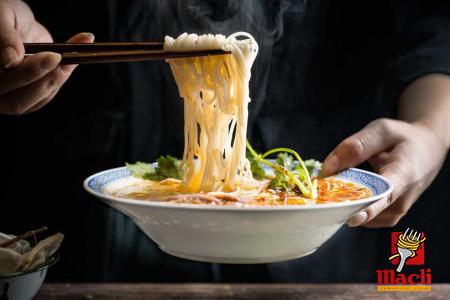 Another innovative pasta packaging option is vacuum-sealed bags. Vacuum-sealed bags remove air from the package, creating a tight seal that helps to preserve the pasta’s freshness and flavor. Vacuum-sealed pasta packaging is particularly useful for long-term storage, as it helps to extend the shelf life of the pasta. This type of packaging is also beneficial for consumers who buy pasta in bulk and want to portion it out for later use. For those looking for a more sustainable option, pasta packaging made from recyclable materials is becoming increasingly popular. Companies are now using eco-friendly materials such as cardboard, paper, and compostable plastics to package their pasta. These packaging materials are not only better for the environment but also appeal to eco-conscious consumers who prioritize sustainability in their purchasing decisions. In addition to preserving the quality of pasta, packaging also plays a crucial role in marketing and branding. Eye-catching packaging designs can attract consumers to a particular pasta product and differentiate it from competitors on the shelf. Vibrant colors, engaging graphics, and clear product information can all contribute to a memorable packaging design that entices consumers to make a purchase. Some pasta brands are even taking packaging design to the next level by incorporating interactive elements on their packages. QR codes, augmented reality features, and recipe suggestions are just some of the ways in which pasta brands are using packaging to engage with consumers beyond just storing the product. These interactive packaging features not only add value for the consumer but also create a more immersive and memorable shopping experience. When choosing pasta packaging, it’s essential to consider not just the aesthetics but also the practicality and functionality of the package. Look for packaging that is easy to store, resealable, and made from high-quality materials that protect the pasta from external factors. By investing in well-designed and practical pasta packaging, you can ensure that your favorite pasta stays fresh and delicious for longer, adding convenience and enjoyment to your culinary adventures. In addition to protecting the pasta and serving as a marketing tool, pasta packaging also plays a vital role in providing essential information to consumers. From cooking instructions to ingredient lists and nutritional information, the packaging of pasta serves as a source of valuable details that help consumers make informed decisions about their food choices.
Another innovative pasta packaging option is vacuum-sealed bags. Vacuum-sealed bags remove air from the package, creating a tight seal that helps to preserve the pasta’s freshness and flavor. Vacuum-sealed pasta packaging is particularly useful for long-term storage, as it helps to extend the shelf life of the pasta. This type of packaging is also beneficial for consumers who buy pasta in bulk and want to portion it out for later use. For those looking for a more sustainable option, pasta packaging made from recyclable materials is becoming increasingly popular. Companies are now using eco-friendly materials such as cardboard, paper, and compostable plastics to package their pasta. These packaging materials are not only better for the environment but also appeal to eco-conscious consumers who prioritize sustainability in their purchasing decisions. In addition to preserving the quality of pasta, packaging also plays a crucial role in marketing and branding. Eye-catching packaging designs can attract consumers to a particular pasta product and differentiate it from competitors on the shelf. Vibrant colors, engaging graphics, and clear product information can all contribute to a memorable packaging design that entices consumers to make a purchase. Some pasta brands are even taking packaging design to the next level by incorporating interactive elements on their packages. QR codes, augmented reality features, and recipe suggestions are just some of the ways in which pasta brands are using packaging to engage with consumers beyond just storing the product. These interactive packaging features not only add value for the consumer but also create a more immersive and memorable shopping experience. When choosing pasta packaging, it’s essential to consider not just the aesthetics but also the practicality and functionality of the package. Look for packaging that is easy to store, resealable, and made from high-quality materials that protect the pasta from external factors. By investing in well-designed and practical pasta packaging, you can ensure that your favorite pasta stays fresh and delicious for longer, adding convenience and enjoyment to your culinary adventures. In addition to protecting the pasta and serving as a marketing tool, pasta packaging also plays a vital role in providing essential information to consumers. From cooking instructions to ingredient lists and nutritional information, the packaging of pasta serves as a source of valuable details that help consumers make informed decisions about their food choices.
…
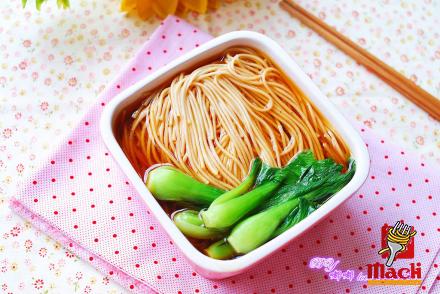 Clear and concise packaging that displays important information prominently can help consumers quickly assess whether a particular pasta product meets their dietary preferences and cooking needs. Whether you’re looking for a gluten-free option, a whole grain variety, or a quick-cooking pasta, the packaging should provide all the necessary information to guide your purchase. Moreover, pasta packaging often includes serving suggestions and recipe ideas to inspire consumers to get creative in the kitchen. By showcasing delicious ways to prepare and serve the pasta, packaging can enhance the overall culinary experience and encourage consumers to experiment with different flavors and ingredients. When it comes to convenience, pasta packaging that offers portion control options can be particularly appealing. Single-serve packs or pre-portioned servings allow consumers to easily measure out the right amount of pasta for a meal, reducing waste and simplifying the cooking process. These convenient packaging formats cater to busy individuals and health-conscious consumers who appreciate the ease of preparing meals without the hassle of measuring out ingredients. Furthermore, pasta packaging plays a crucial role in ensuring food safety and quality assurance. Sealed packaging protects the pasta from contamination, pests, and other external factors that could compromise its safety. Tamper-evident seals and quality certifications on the packaging provide consumers with confidence in the product’s integrity and adherence to food safety standards. As consumers become more environmentally conscious, sustainable packaging solutions have gained traction in the pasta industry. Brands are exploring alternatives to traditional plastic packaging, such as compostable materials, biodegradable options, and recyclable packaging. By choosing pasta products with eco-friendly packaging, consumers can reduce their environmental footprint and support brands that prioritize sustainability. In conclusion, pasta packaging is not just a container for storing pasta—it is a multi-functional tool that serves to protect the pasta, enhance its appeal, provide valuable information to consumers, and contribute to a more sustainable food industry. By understanding the importance of well-designed and practical pasta packaging, consumers can make informed choices that align with their preferences for taste, convenience, and sustainability. Next time you’re browsing the pasta aisle or selecting an online order, consider the packaging of your favorite pasta products and how it contributes to the overall dining experience. From freshness to convenience to sustainability, pasta packaging plays a crucial role in shaping the way we enjoy this versatile and beloved food. Choose pasta packaging that meets your needs and values, and savor every delicious bite with the confidence that comes from thoughtful and innovative packaging solutions.
Clear and concise packaging that displays important information prominently can help consumers quickly assess whether a particular pasta product meets their dietary preferences and cooking needs. Whether you’re looking for a gluten-free option, a whole grain variety, or a quick-cooking pasta, the packaging should provide all the necessary information to guide your purchase. Moreover, pasta packaging often includes serving suggestions and recipe ideas to inspire consumers to get creative in the kitchen. By showcasing delicious ways to prepare and serve the pasta, packaging can enhance the overall culinary experience and encourage consumers to experiment with different flavors and ingredients. When it comes to convenience, pasta packaging that offers portion control options can be particularly appealing. Single-serve packs or pre-portioned servings allow consumers to easily measure out the right amount of pasta for a meal, reducing waste and simplifying the cooking process. These convenient packaging formats cater to busy individuals and health-conscious consumers who appreciate the ease of preparing meals without the hassle of measuring out ingredients. Furthermore, pasta packaging plays a crucial role in ensuring food safety and quality assurance. Sealed packaging protects the pasta from contamination, pests, and other external factors that could compromise its safety. Tamper-evident seals and quality certifications on the packaging provide consumers with confidence in the product’s integrity and adherence to food safety standards. As consumers become more environmentally conscious, sustainable packaging solutions have gained traction in the pasta industry. Brands are exploring alternatives to traditional plastic packaging, such as compostable materials, biodegradable options, and recyclable packaging. By choosing pasta products with eco-friendly packaging, consumers can reduce their environmental footprint and support brands that prioritize sustainability. In conclusion, pasta packaging is not just a container for storing pasta—it is a multi-functional tool that serves to protect the pasta, enhance its appeal, provide valuable information to consumers, and contribute to a more sustainable food industry. By understanding the importance of well-designed and practical pasta packaging, consumers can make informed choices that align with their preferences for taste, convenience, and sustainability. Next time you’re browsing the pasta aisle or selecting an online order, consider the packaging of your favorite pasta products and how it contributes to the overall dining experience. From freshness to convenience to sustainability, pasta packaging plays a crucial role in shaping the way we enjoy this versatile and beloved food. Choose pasta packaging that meets your needs and values, and savor every delicious bite with the confidence that comes from thoughtful and innovative packaging solutions.


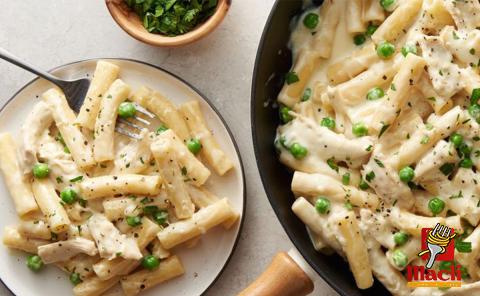


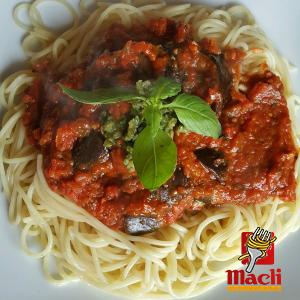
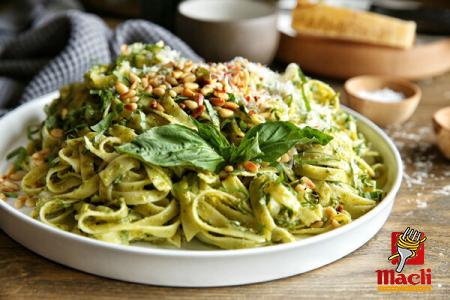
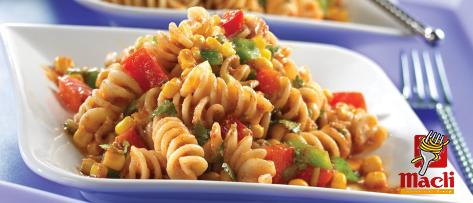
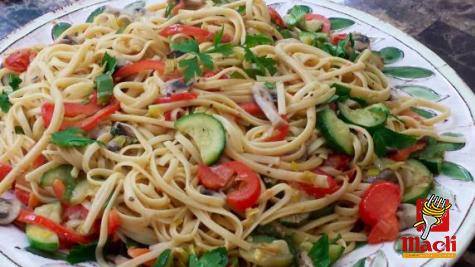
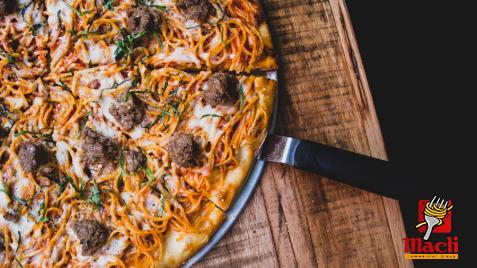
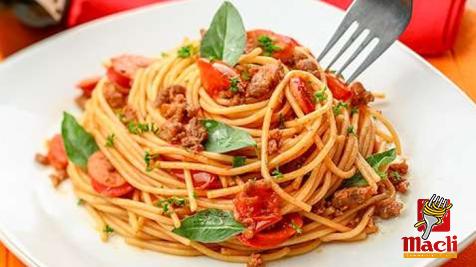
Your comment submitted.